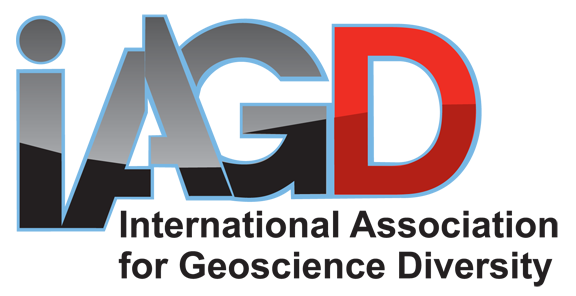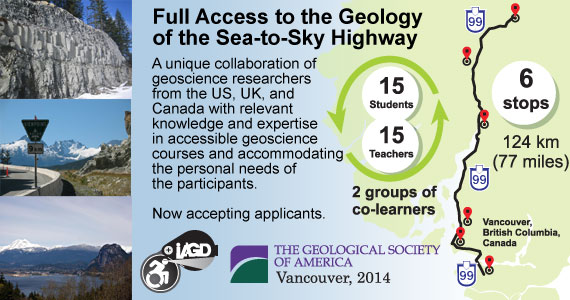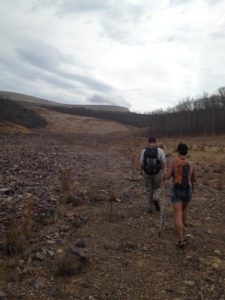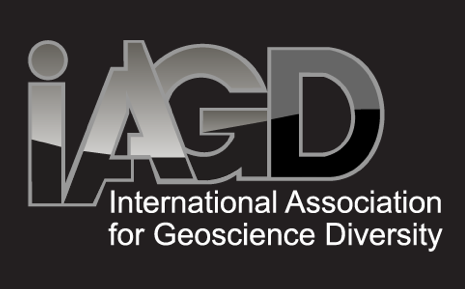A blind PhD student teaches others how to make their classrooms more inclusive.
Story by Erik Potter
Due to a degenerative retinal condition, Gina Ceylan’s vision had been slipping slowly — sometimes quickly — since childhood. Then, one morning in the middle of her master’s program in geology at MU, it all but vanished.
Before, she had been able to use technology to boost her vision enough to make do. Now, she had to give up on her eyes and reinvent how she interacted with the world. She learned Braille, found new technology that read emails and documents to her, and found ways to adapt.
The experience solidified her desire to earn a doctorate in science education and to research inclusiveness in the classroom.

Doctoral student Gina Ceylan teaches other graduate students and professors how to make their classrooms more inclusive for students with disabilities. Photo by Nicholas Benner.
Last summer Ceylan, MS ’10, of Charleston, S.C., got involved with the Center for the Integration of Research, Teaching and Learning, a national network of 25 universities, including MU, working to make today’s science graduate students the best science educators of tomorrow. MU’s focus within the group is improving diversity in science, technology, engineering and math — the so-called STEM fields — but Ceylan says no one was thinking in terms of diversity of ability, which is the most underrepresented group in STEM. So she put together an informal advisory committee of faculty and staff and spent fall 2012 planning “Inclusive Design for Learning,” a single credit-hour class she taught in spring 2013.
She wanted the eight graduate students in her class — and three professors who were auditing — to understand what a student with a disability faces in the classroom. “I made it horrible — an extreme example of barriers,” Ceylan says. She put them in foggy goggles, pushed the desks together to form narrow aisles and lectured to them with her back turned while staring at her overhead projection whose type was small and colors were awful.
Later, she gave them tools and technologies to make their classrooms better, such as closed captioning and tactile graphics. But perhaps most important, she gave them strategies for inspiring student engagement through multiple modes of expression, because weeks of lectures punctuated by multiple-choice exams and five-paragraph essays won’t cut it, Ceylan says.
For their final exam, students demonstrated how they could implement these ideas in their own classrooms. A biochemistry student showed a 3-D molecular modeling kit for the visually impaired made of Tinker Toy-like parts. A textile and apparel management student demonstrated a sewing machine using a smartpen and audio labels that explained how each component of the machine worked.
“They really impressed me with the amount of work they did,” Ceylan says. Their feedback was tremendous. “I just won [the William T. Kemper Fellowship for Teaching Excellence], and I learned so much from being in that classroom,” says Angela Speck, professor of physics and astronomy. “I’d go to her class on a Tuesday, and then on Wednesday, I’d go to my class and try out [her ideas].”
Ceylan says she plans to teach the class every semester until she finishes her doctorate — likely by the end of 2014 — and hopes someone else will pick it up when she leaves.
For the original article, please visit Mizzou.








